
Ahmes
Ahmes is a PC Action Adventure game inspired by the egyptian mythology that features the story of two children connected by a strong fraternal bond, Ahmes and Akil. While fighting enemies, the player explores different strata of hell.
All begins when 20 students decide to work on one unique Master Project, to experience the same working conditions as in a studio and create a quality video game. The occasion to showcase the competences and qualities of every member of the team. The project is custom developed to match the students artistic and technical profiles.
The game is thought for 16+ players, mainly adults who like Action and Exploration games.

Camera
3rd person view, 45° over the shoulder, always centered on the player. When the player stops moving, the camera can turn around him to offer a better view of the skin and the environment.
Controls
Xbox controller or keyboard & mouse
Character
Male character who can run, jump, shoot with a bow, attack with a sword and interact with narrative elements of the environment

Ahmes is free on itch.io : https://ecv-game.itch.io/ahmes
Storytelling
References
Ahmes’ universe was inspired by three main references : egyptian mythology, La Divine Comédie from Dante, and the game Hellblade : Senua’s Sacrifice.
The hero, Ahmes, has a cursed destiny and is exposed to trauma and suffering, like Senua. Our wil was to create a disturbing world and a torturous past story to create empathy and motivate the player finding an escape, and leads to a sweet-bitter end.
Both the egyptian mythology and history are very rich and inspired a lot of elements of the decor, characters and of the story. The Nile, reference to both life and death, guides the player along his journey and encourages him to discover the ancient egyptian culture and believings while descending further.
This descent to Hell was thought gradual, in reference to the Hell circles in La Divine Comédie. It is emphasized by the level design going mainly down, the atmosphere increasing heavier as the players progresses in the game and the creatures more and more stronger, until the final boss and the resolution of the story.
Ahmes' journey in hell
Through his travel, the feelings of Ahmes are told by an omnipresent narrator. These feelings pass through different states, echoing to the stages of mourning. He meets different characters, from the innocuous cursed creatures to the cruel Scarlet Guards that constitute the guard of the goddess of hell.
The player’s skin also changes while progressing : the hell and the bracelet he finds at the beginning of the game corrupt Ahmes. Both the stages of mourning and the corruption are bread crumbs to mentally prepare the player to accept Ahmes’ Fate.
After having saved his brother Akil and defeated the goddess’ guardians, Ahmes is exposed to a choice. His brother cannot be brought back on earth since he is already dead and has not had a funeral. He is condemned to become a cursed creature wandering in hell for eternity, and Ahmes, although still alive, is already corrupted by the environment. The goddess is interested in the boy’s soul and offers to give his little brother Akil a proper funeral to access a second life, against Ahmes’ sacrifice.
Ahmes accepts the deal. While his little brother is purified, the hero is transforming himself into one of the scarlet guards.
The narrator’s voice changes : until there he told the story in the third person but switches for first. The narrator is none other than a suffering Ahmes transformed into a scarlet guard that tells his story again and again.

The brothers' story
The past story of the brothers is transcribed into the introduction tutorial and the hieroglyphs on the player’s path.
The first fresco entitled “family” tells the everyday life of the two brothers until they meet a richly dressed stranger . They get along well and begin living like a small family.
On the second wall, the peaceful life of the brothers and their friend is interrupted when royal guards and priests separate them. Despite the prohibition, they meet again.
On the last hieroglyph, the friends are separated again, more violently. On one side, the brothers are beaten and their home burned, making echo to the introduction of the game. On another side, the third kid is forcefully taken and dressed. He is the young pharaon.
Additional frescos
Other frescos can be found in the game. They echo to the ten plagues of egypt, to sacred rituals or refer to the story or to the universe itself, with references to the hierarchy of the creatures in hell or the veneration of the goddess for example.
Art Direction
The Art Direction is mainly inspired by Satoshi Matsuura’s work and the game Sea of Thieves.
Sea of Thieves is a great inspiration, whether it is environment, ambiance or textures. Like in this game, we also wanted an evolution in terms of level art, different moods and colorful lighting according to the level and the narration. The texture used in the reference is interesting too and helps having very rich shades of color.
Satoshi Matsuura’s work was used as a reference for the character design. Our characters had to be easily recognizable by the player. For that, we chose to work a lot on the shapes, like in Satoshi Matsuura’s work.
Ambiance wanted
The whole universe of Ahmes is fantastic, and had to be a bit distressing. Plus, the main lighting comes from the Nile and the art direction is cartoon.
This leads progressively to a mainly blue-green lighting, with sharp contrast.
modeling style wanted
A cartoon Art Direction was chosen to exaggerate the traditional egyptian architecture and the ratios, and allow more freedom in the personalization of the graphic universe.

Gameplay
References
Ahmes is an Action Adventure game, inspired by Zelda and Necropolis. Necropolis simply has the exact gameplay we wanted for the Action part : simple commands and actions, camera angle. Zelda Ocarina of Time was used as a reference for the puzzle mechanics.
Main Gameplay features
The player can explore, fight different categories of enemies, interact with his environment, and resolve simple puzzles.
Like in most third-person games, the player can see upon the shoulder of his player, and have a 360° view of the environment when he stops moving.
To progress during the game, the player can unlock doors with his bracelet, or by resolving puzzles.
The player has two weapons : a bow with infinite arrows and a sword. He can use them to fight his enemies, activate puzzle elements and destroy bonus pots.
This bonus, also obtainable when an enemy is killed, fills up Ahmes’ bracelet and restaures his life.
User Interface
The Interface is both diegetic and extra diegetic, depending on its importance in the game : Ahmes’ points of life, the mana gauge and the command tutorials are extra diegetic to privilege visibility, and are always referencing to elements in the game itself to not break the player’s immersion. The other elements, such as the indications to interact with the environment, are diegetic.
Animation
In accordance with the Art Direction, the animations are also cartoon. Large movements and timing help the player anticipate the attack and recovery of an enemy.
FX
The special effects must to be clearly visible, correspond to the different characters, gameplay elements or environment and surprise the player whenever it is possible.
Three main colours are used for the FX :
- Orange/ red for danger or enemies
- Blue : the dominant color used in Egypt (Nile, precious rocks). It can be associated with the sacred and is the main colour of Ahmes and the final boss.
- Green : for life, health
For the environment, two special effects needed a lot of work : clouds and water.
Different types of clouds exist in Ahmes : a small fog that helps to have a gloomy atmosphere, and that is mainly used in closed and large rooms, and the storm clouds visible in exterior scenes, that are very dynamic and needed a special focus.
The water is omnipresent in the game, whether it is cascades, canals or rain. Canals gave a lot of work since they are not always regular and sometimes need some stream.
To adapt to every situation, a tool was especially created for the game. The water is composed of two shaders : one for the water itself and one to simulate the stream. This combination is placed on one plane whose form can be edited with the UE4 spline tool.
Characters
Ahmes & Akil
Ahmes and Akil are two orphaned brothers living peacefully on the border of the Nile. Ahmes is a very devoted and resourceful brother, who does whatever it takes to raise Akil in the best conditions.
Valiant and fearless, he wishes to preserve his only family.
The goddess Baal’Aseth
Baal’Aseth is the goddess governing hell.
Both impartial and maternal, she is the only one to decide if one soul deserves to resurrect or to wander endless as a cursed creature in her kingdom.
She uses her balance to judge the soul of the deceased
The guardians of the goddess : the Horhas
Final bosses of the game, the Horhas are the most powerful fighter of Baal’Aseth.
They keep the sacred room of their goddess closed with their giant shields, that they use as killing weapons against Ahmes.
The Scarlet Guards : elite soldiers
Scarlet guards were evil humans who once dead sweared loyalty to Baal’Aseth. They are mainly ex soldiers who cannot be embalmed.
They are powerful, resistant and fast. These are the most cruel enemies Ahmes and Akil meet in hell.
Seth’Rhaas and Seth’Nhark
Seths are creatures born from hell itself, on the contrary to the scarlet guards who were previously humans.
Equipped with bow or swords, their role is to guard the cursed souls and eliminate every intruder who could enter hell.
Cursed creatures
Cursed creatures are humans who have died without receiving a funeral. Condemned to wander in hell, they are bit by bit swallowed by it and are often used to build structures.
Environment
Ten levels were designed in the beginning :
Four limbo levels, to introduce the different mechanics of the game to the player, as well as the narration. Then two temple-structured levels with more fight and ennemies. The four last levels are composed of a buffer zone between the hell itself and the goddess' space, and the two final sacred levels of the goddess.
With the hieroglyph rooms, transitions, exploration rooms and an additional exterior level, it is more than 20 spaces that were finally created and entrusted to the modeler, level, lighting and vfx artists.
The following described levels are the main ones.
Main features level
This scene had to be impressive, in reference to traditional egyptian shrines and to mark the real entrance of the goddess’ kingdom.
In terms of level design, the scene was a real challenge : the player learns how to use his sword against archers and infantry enemies, to resolve puzzles and use his second weapon : a bow.
To not submerge the player of information, the large scene is segmented into different progressive zones.
A great work was done with level art to stage a lot of narrative details : additional frescos, cursed creatures etc.
Meeting scene
The scene is ordered as a sacrifice autel, on which awaits Akil. As the first scene of the “temple”, the room had to be brighter than the others and give a mood of relative protection.
The player picks up Akil and will keep him on his back until the end of the game.
Bridge
The broken bridge is the second exterior scene of the game and makes the transition between the hell and the sacred zone of the goddess. The bridge is secured by scarlet guards, and the player has to alternate between fight and jump to reach the other side. The bridge was thought broken and highly secured to evoke an ancient rebellion of cursed creatures, resulting in the destruction of the main door and the bridge.
The level art is quite sober on the bridge itself to let the user have a clear visibility of his progression.
Goddess’ arena
The goddess’ room is the final scene of the game, from where Baal’Aseth can keep an eye on her kingdom and judge the souls.
In terms of level design, the space had to be separated into two : the goddess’ space that is neutral, with the big reversed cascade behind her, and the guardians' space.
The goddess is never fighting, since she observes and judges. Instead, the Horhas take action to protect her.
The Horhas’ space is designed as an arena with pillars, that the player can use against them. The level art is mainly composed of bonus pots to help the user regain his life during the fight.
Assets
A lot of assets were created to decorate the environment, based on egyptian references. The concept and modeler artists had a lot of freedom to transform these common objects into a more hellish version.
The team
Yannick IMPOSTI : Programmer (and teacher)
Ambre May : Project Manager, Narrative Designer, Level Designer
Nicolas Beele : Art Director, Level Artist, 3D Artist
Rémi Lamothe : Art Director, Storyboarder, Concept Artist
Elie Servantie : Lead Tech Artist, co - Project Manager
Jonathan Locci : Lead 3D Animator, Character Artist (Concept)
Charles-Antoine Lerein : Lead Character artist (Concept/3D)
Thibault Lesenechal : Narrative Designer, 3D Artist, 3D Background Animator
Even Merle : Concept Artist, Ui Designer, Sound Designer
Qinlun Huang : Fx Artist, Lighting Artist
Sonia M'Hamdi : Character Artist (Concept/3D), 3D Character Animator
Valentin Saura : 3D Artist, Game Designer, 3D Character Animator
Marie Guffroy : Lighting Artist, FX Artist, 3D Artist
André Dufour : Concept Artist, Texture Artist
Thibaut Jouet : Shader Artist, Texture Artist
Léa Sorribes : Narrative Designer, 3D Artist
Maixent Lataste : Character Artist (Concept/3D), 3D Character Animator, Concept Artist
Alizé Giraud : Concept artist, 2D Artist
Vincent Duong : FX Artist, Game Designer
Benjamin Perriquet : Character Artist (Concept/3D), Sound Designer
Alexandre Boisbelet : Concept Artist, Level Designer, Level Artist

Thanks
We would like to thank the teachers ad professional for their teaching and advices.
Jean-Luc Sala - Yannick Imposti - Jerôme Prevost - François Giraud - Gaëtan Pancreach - Thomas Lalande - Alex Baduel
Pierre Gilbert - Anthony Jauneaud - Raphaël Thiessard - Laura Menigoz - Sébastien Wemama - Harry Luck - Camille & Julien d’Illustrason - Océane Leflon - Fabrice Chaland - Jeremy Macédo - Kevin Macio - Caroline Bedaux - Nadia Fouché




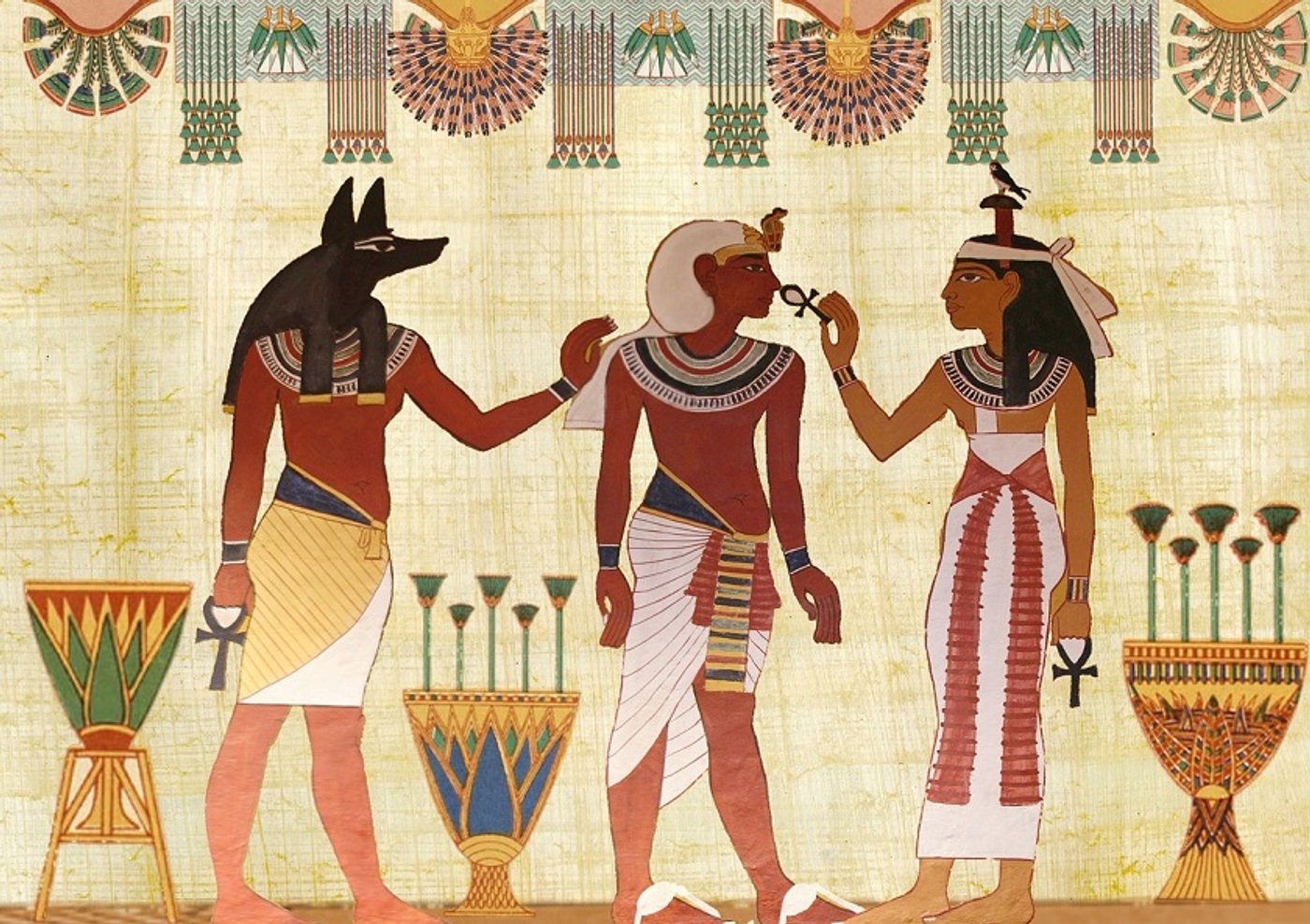










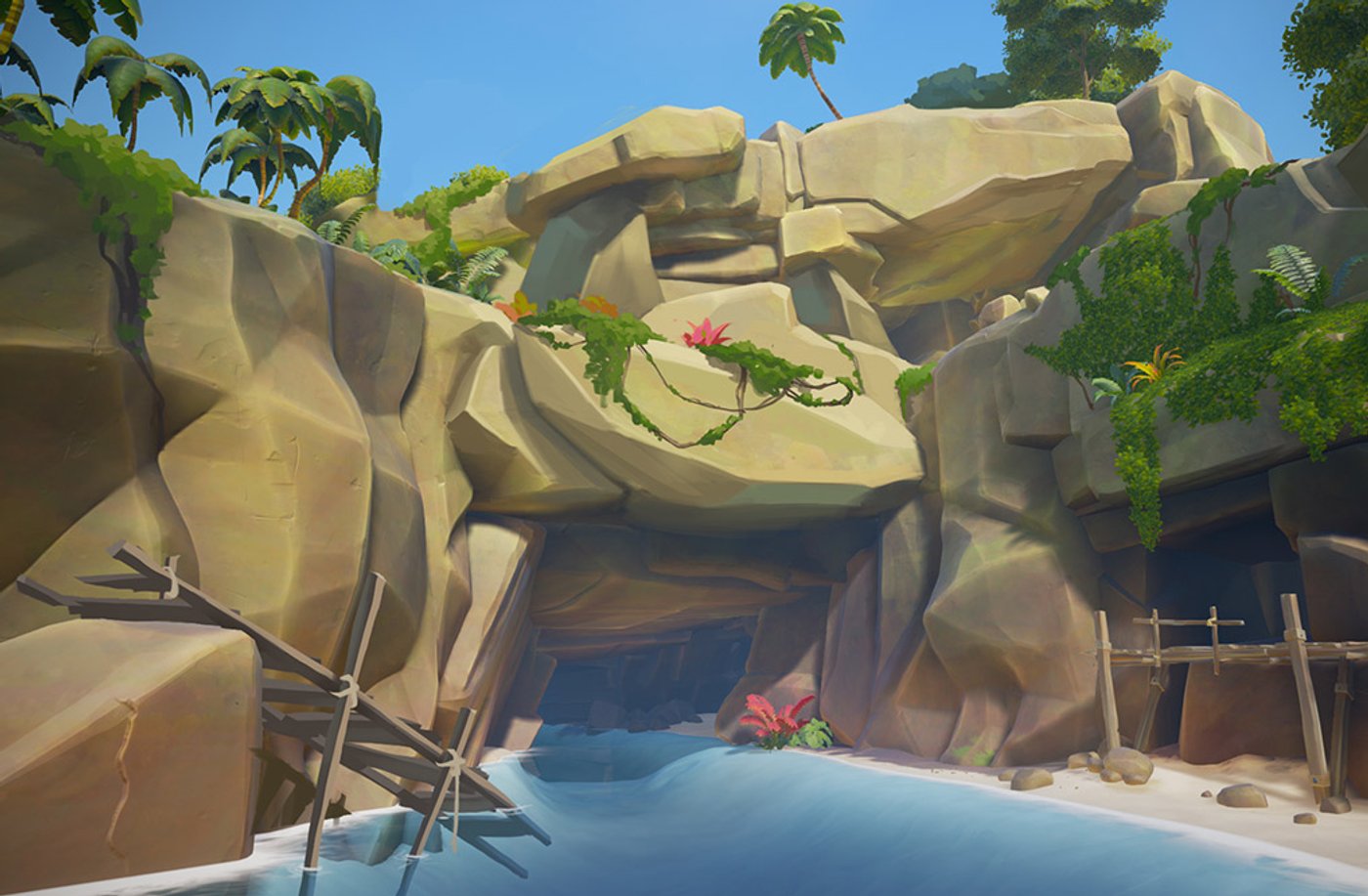


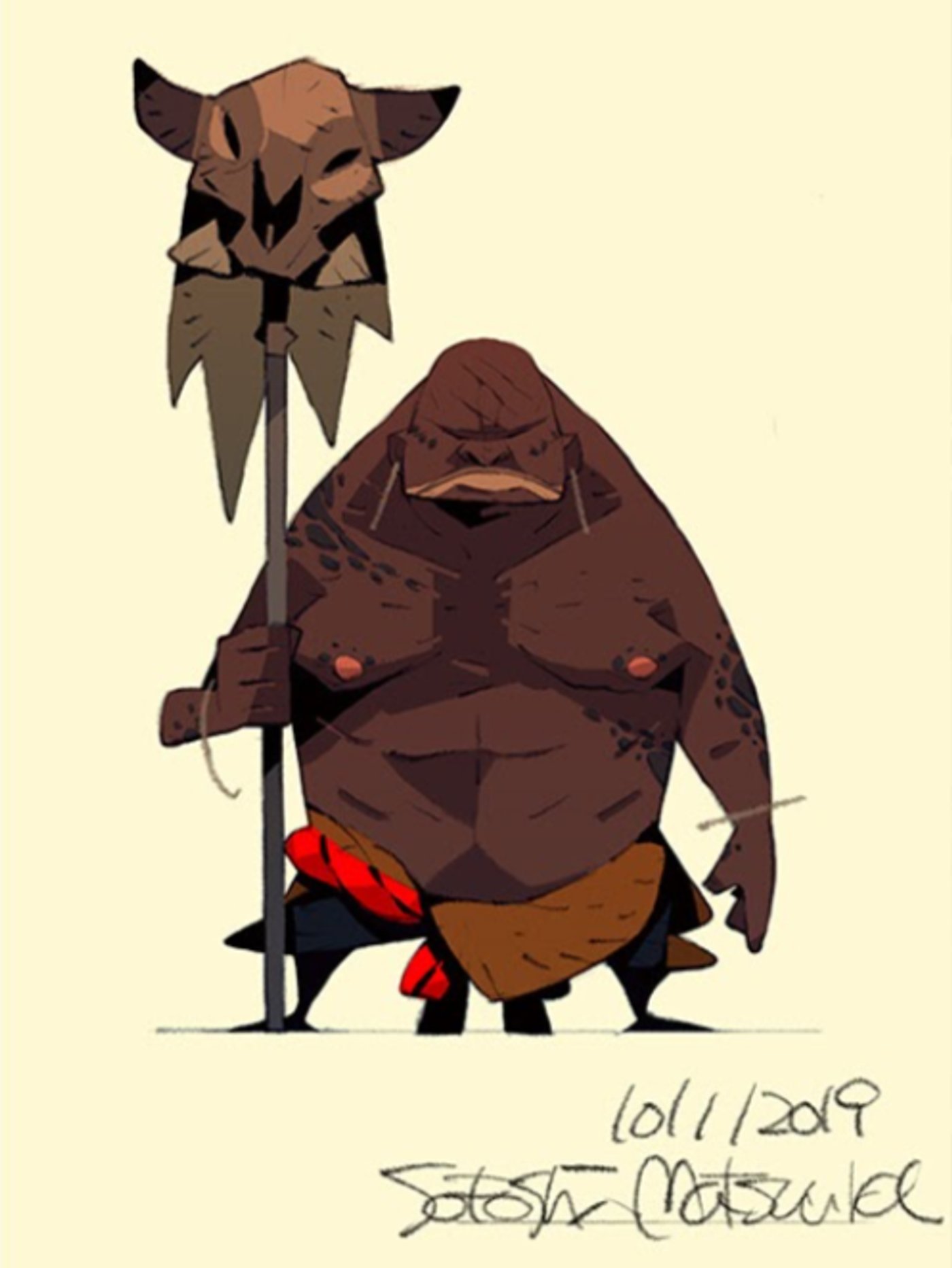

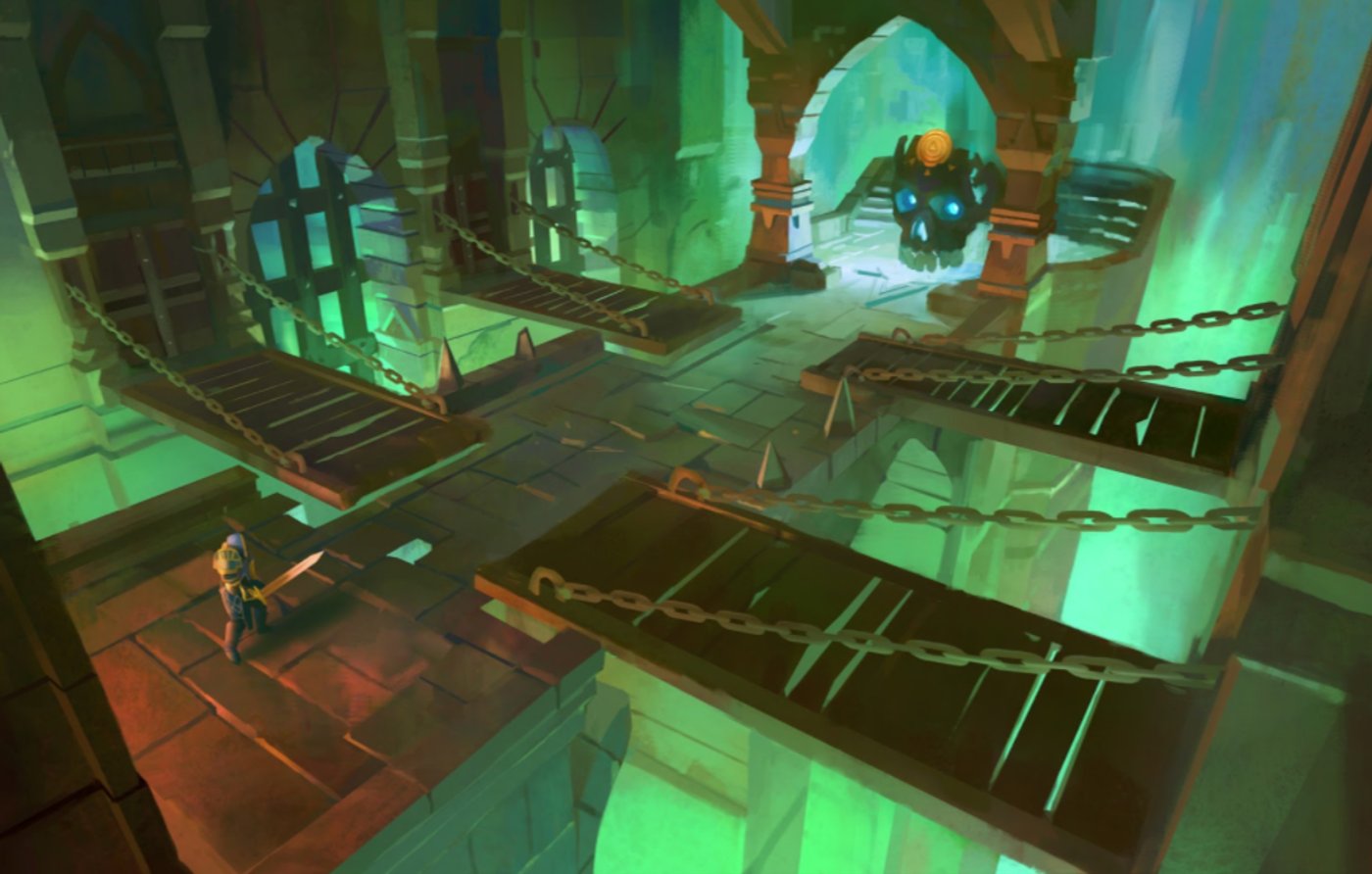
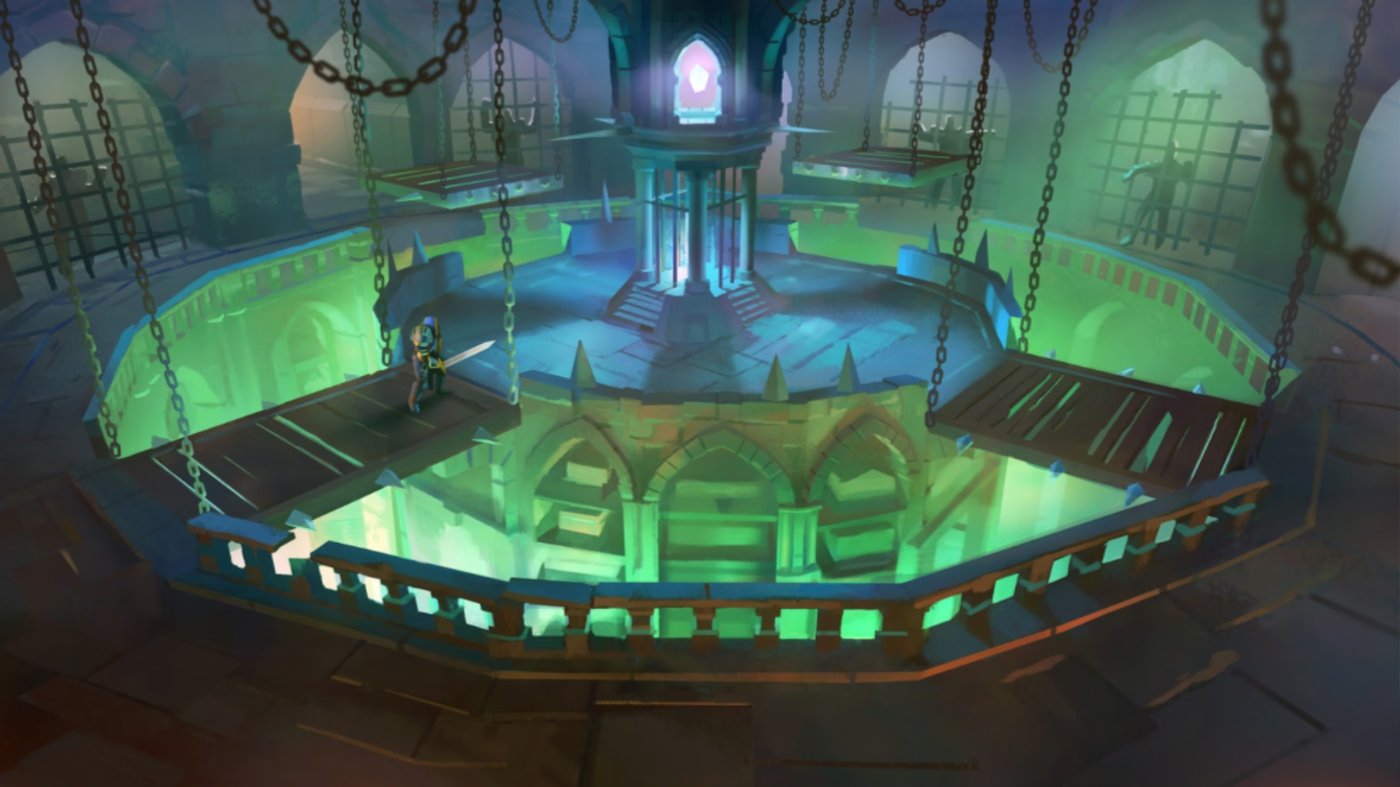






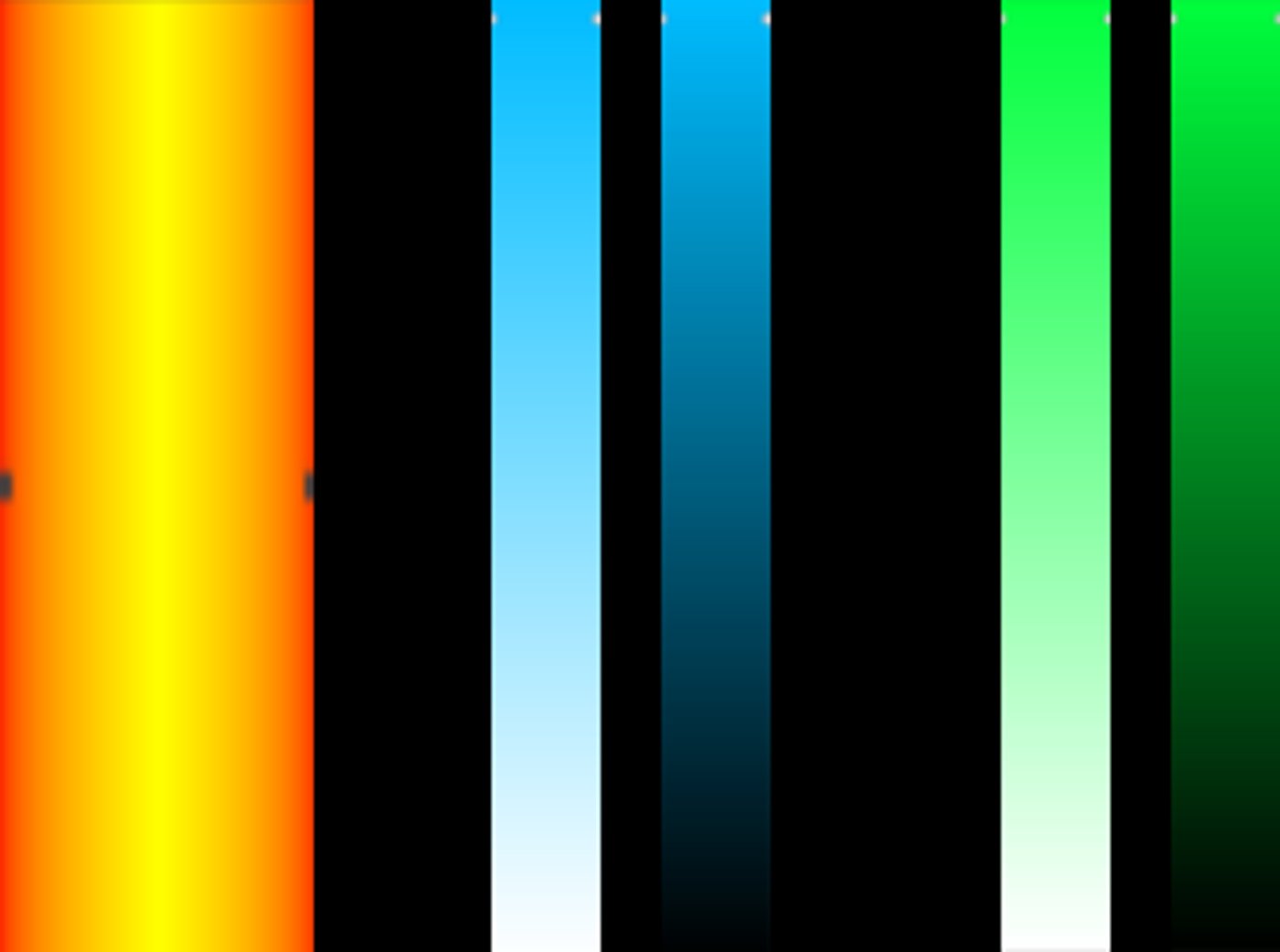
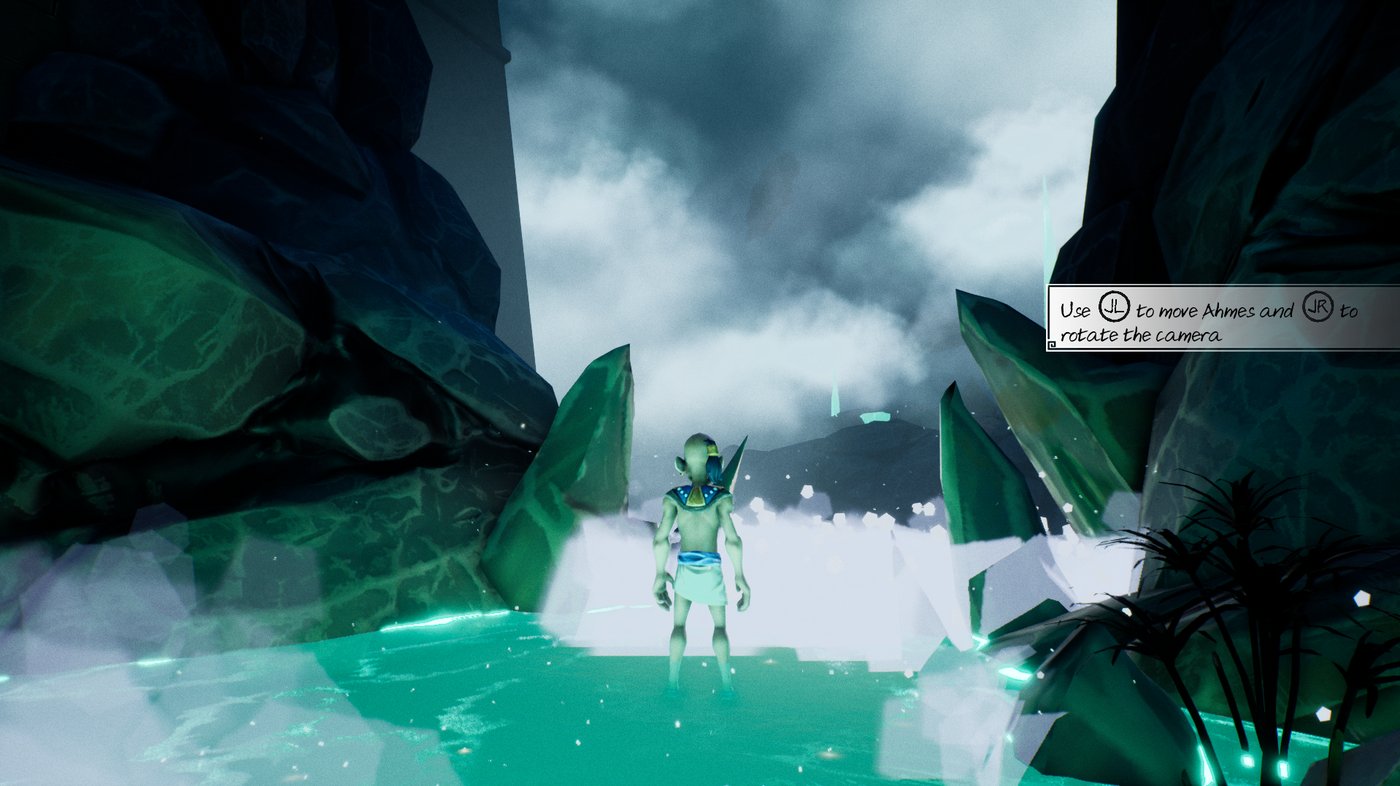
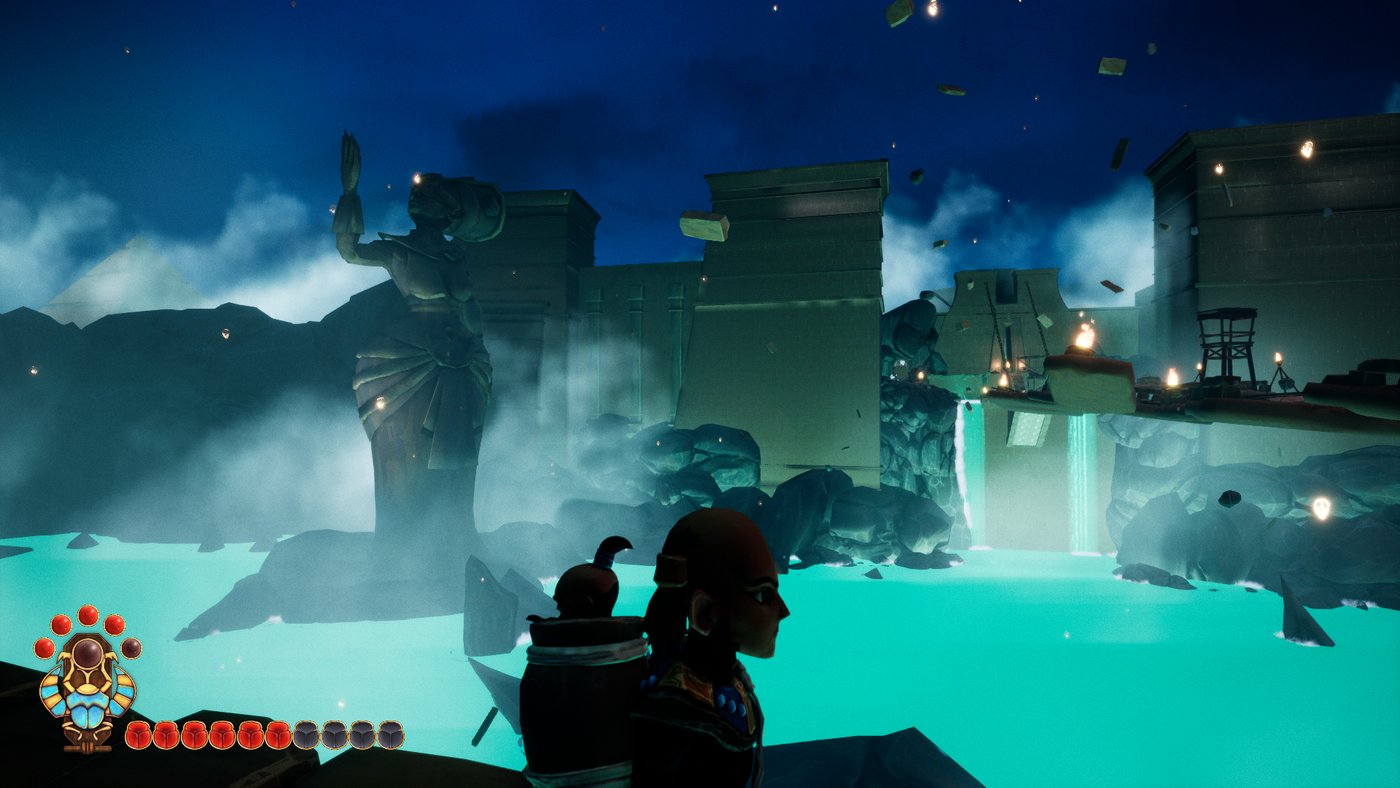

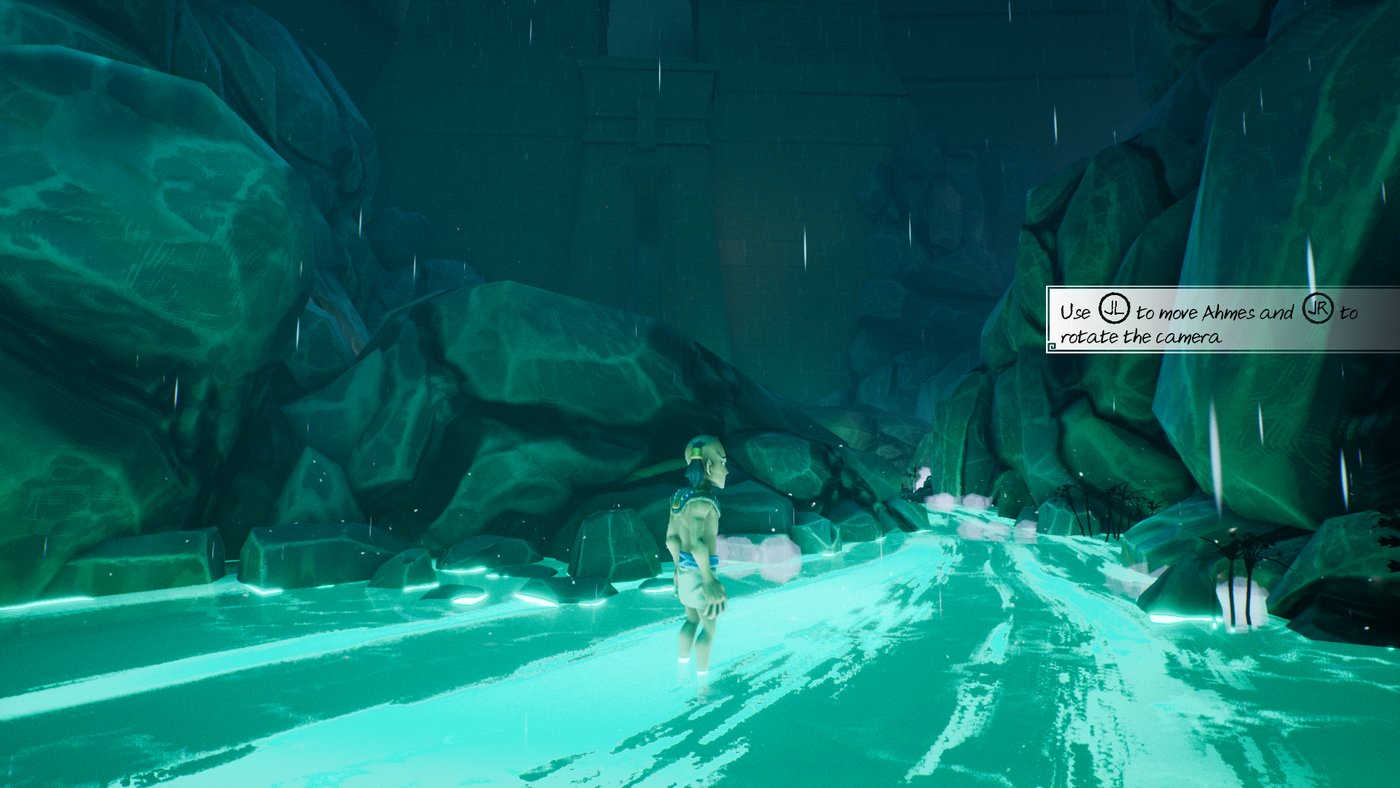




















































Comments (0)
This project doesn't have any comments yet.